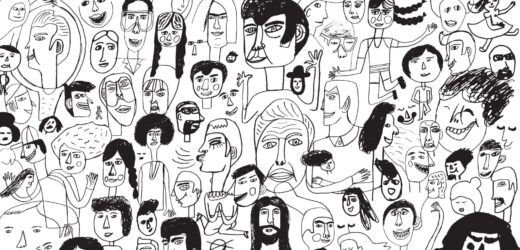When creating course materials, it is important to be as inclusive as possible. A common way of working to ensure that materials respond to different approaches to learning is to use Universal Design for Learning (UDL), which proposes inclusive course design. It is a framework that helps to make content, activities and assignments, and instruction accessible to students at different levels, with different abilities, and who take different approaches to learning. While this sounds straightforward and relatively simple, when one dives into the UDL literature and works to implement its guidelines, the task quickly starts to feel overwhelming—at least that's how it made me feel.
Getting Started on Big Change Projects: Applying Universal Design for Learning Principles
Related Articles
I have two loves: teaching and learning. Although I love them for different reasons, I’ve been passionate about...
Could doodles, sketches, and stick figures help to keep the college reading apocalypse at bay?...
We’ve all faced it: the daunting stack of student work, each submission representing hours of potential grading. The...
Storytelling is one of the most powerful means of communication as it can captivate the audience, improving retention...
For some of us, it takes some time to get into the swing of summer. Some of us...
About a year ago, I decided to combine the ideas of a syllabus activity and a get-to-know-students activity....
The use of AI in higher education is growing, but many faculty members are still looking for ways...








